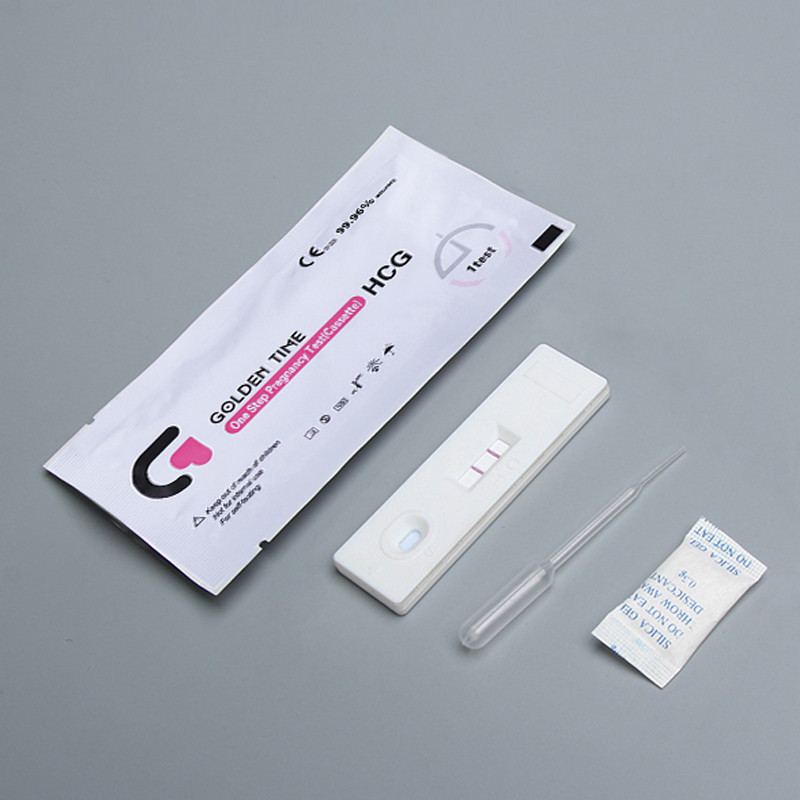Nov . 09, 2024 17:04 Back to list
Optimal Diagnostic Methods for Accurate Malaria Detection and Management Strategies
Best Diagnostic Test for Malaria
Malaria remains one of the world's most significant public health challenges, particularly in tropical and subtropical regions. Despite considerable advancements in treatment and prevention, accurate and timely diagnosis is crucial for effective malaria control. Various diagnostic methods are available, but choosing the best one can vary depending on the context, resources available, and the specific needs of the patient population. This article explores the best diagnostic tests for malaria, evaluating their effectiveness, advantages, and limitations.
1. Microscopy
Microscopic examination of blood smears has long been considered the gold standard for malaria diagnosis. This method involves the collection of blood samples, which are then stained and examined under a microscope for the presence of malaria parasites, particularly Plasmodium falciparum, the most lethal species.
Advantages - High specificity Microscope examination can differentiate between the various species of malaria. - Cost-effective It requires relatively low technology and training, making it accessible in resource-limited settings.
Limitations - Labor-intensive The process requires skilled personnel and can be time-consuming. - Sensitivity issues Microscopy may miss low-density infections or mild forms of malaria.
2. Rapid Diagnostic Tests (RDTs)
Rapid diagnostic tests have emerged as a game changer in malaria diagnostics, especially in remote areas lacking laboratory facilities. These tests are based on antigen detection and provide results within 15-20 minutes.
Advantages - Speed and ease of use RDTs do not require extensive training, making them user-friendly in various settings. - No laboratory equipment needed This is particularly important in regions where access to labs is limited.
Limitations - Variable sensitivity While RDTs are generally reliable, their effectiveness can be lower than microscopy, especially in cases of low parasitemia. - Limited species differentiation Some tests only identify the presence of malaria without specifying the species.
3. Polymerase Chain Reaction (PCR)
best diagnostic test for malaria

PCR is a molecular diagnostic technique that amplifies genetic material from malaria parasites, allowing for precise identification. This method is particularly useful for confirming complicated cases or rare species.
Advantages - High sensitivity and specificity PCR can detect very low levels of parasitemia. - Species differentiation It can identify and differentiate between all malaria species accurately.
Limitations - Cost and complexity PCR requires sophisticated lab equipment and skilled personnel, making it less accessible in resource-limited areas. - Time-consuming While more rapid than traditional methods, PCR still takes longer compared to RDTs.
4. Loop-Mediated Isothermal Amplification (LAMP)
LAMP is a newer, nucleic acid amplification technique that can detect malaria DNA under isothermal conditions, making it simpler and faster than PCR. This method shows potential for use in field settings.
Advantages - Rapid results LAMP can deliver results in about an hour. - No need for complex equipment It can be performed in a simple laboratory or even at the point of care.
Limitations - Limited availability As a newer technology, LAMP is not as widely available or validated as other methods. - Technical expertise required Personnel must be trained, although less so than for PCR.
Conclusion
In the fight against malaria, the choice of diagnostic test is paramount. Microscopy remains the gold standard due to its accuracy and cost-effectiveness in equipped environments. However, for remote areas, rapid diagnostic tests offer a quick and convenient alternative. Molecular techniques like PCR and LAMP provide the highest sensitivity and specificity, particularly for complex cases, but they require more resources and training.
Ultimately, the best diagnostic approach for malaria will depend on various factors, including the local healthcare infrastructure, the epidemiological context, and available resources. A combination of these methods may often provide the most comprehensive strategy for malaria diagnosis and subsequent treatment, ensuring that patients receive timely care and that malaria transmission can be effectively controlled.
-
Dengue NS1 Rapid Diagnostic Test Kit
NewsMar.07,2025
-
Dengue NS1 Rapid Diagnostic Test Kit
NewsMar.07,2025
-
Dengue NS1 Rapid Diagnostic Test Kit
NewsMar.07,2025
-
Transferrin Rapid Test Cassette Tumor Marker TF Card
NewsMar.07,2025
-
Malaria Pf Pan Rapid Diagnostic Test Kit
NewsMar.07,2025
-
malaria pf / pan ag rapid test
NewsMar.07,2025

